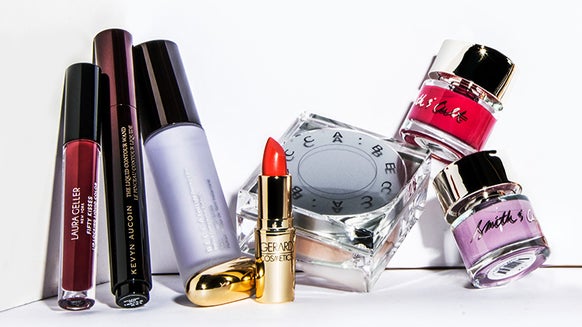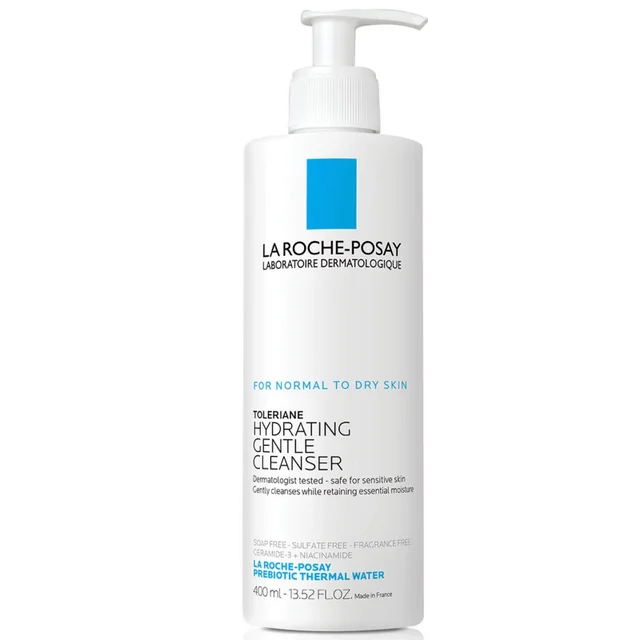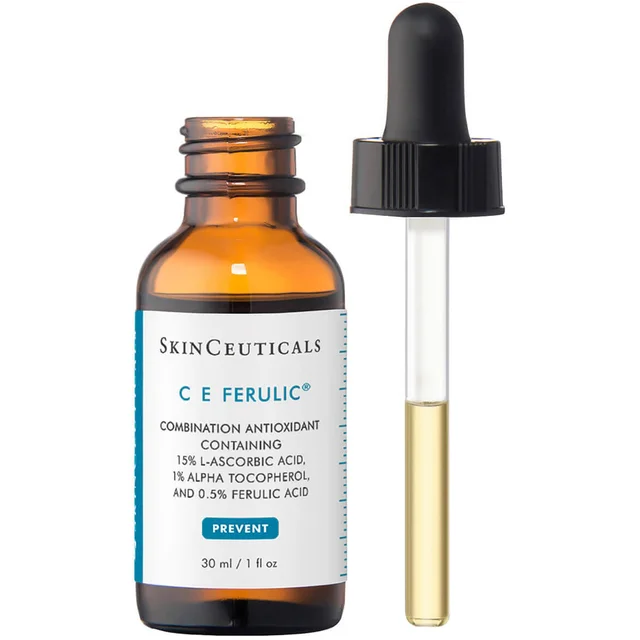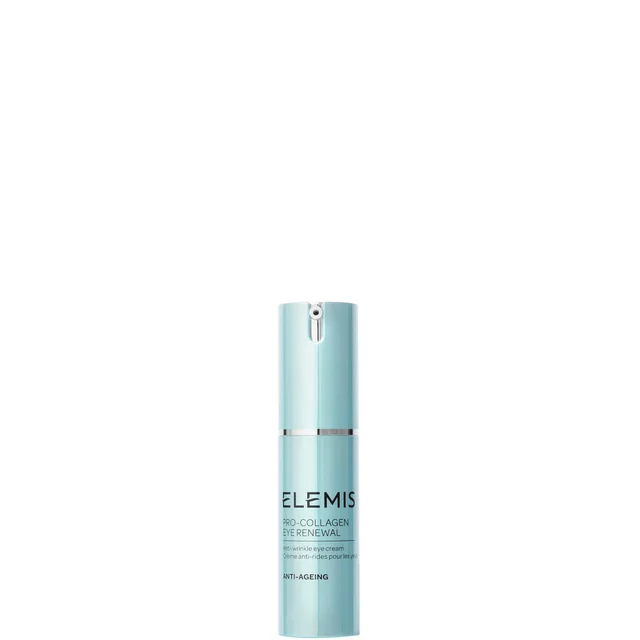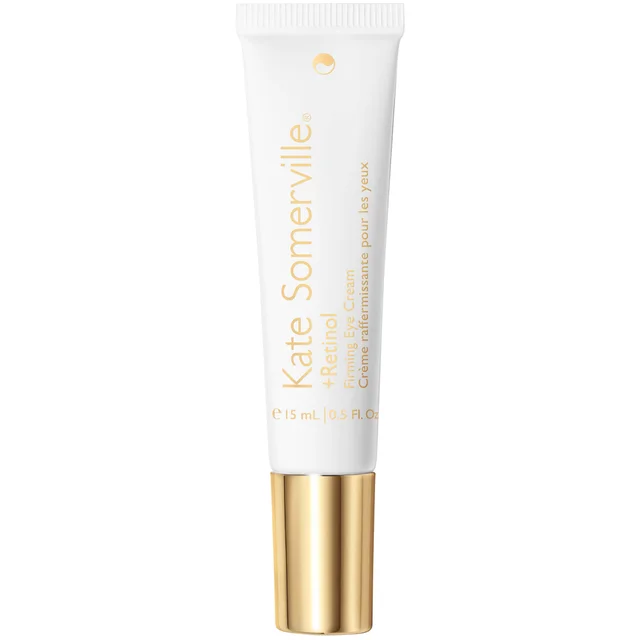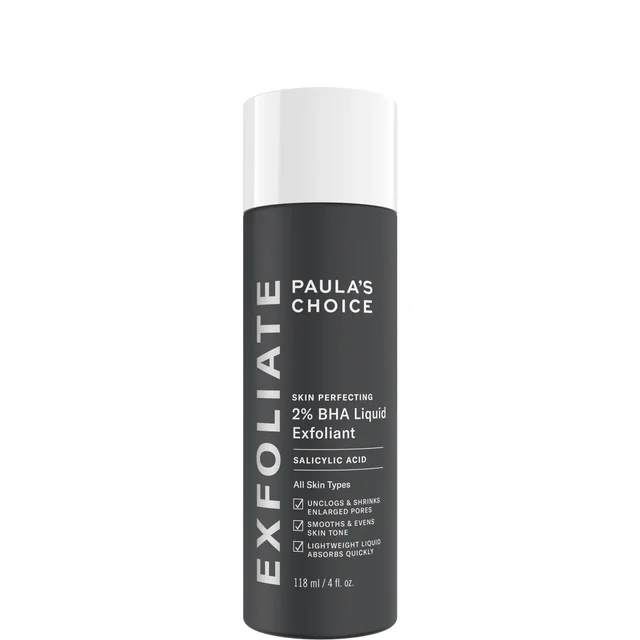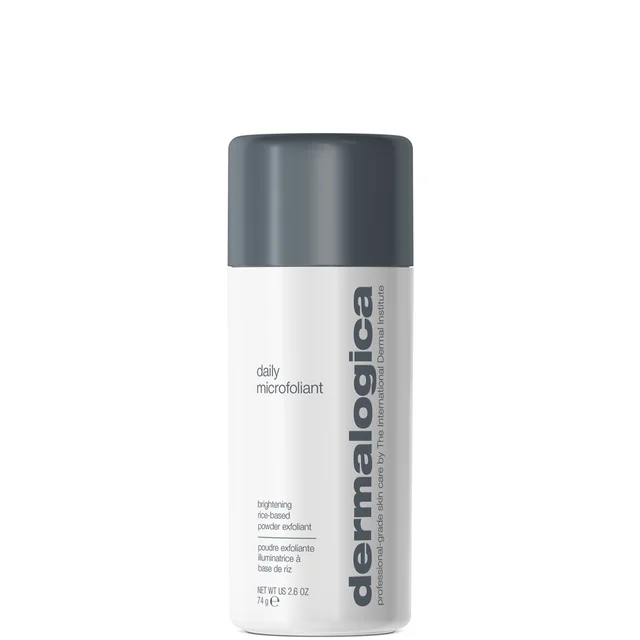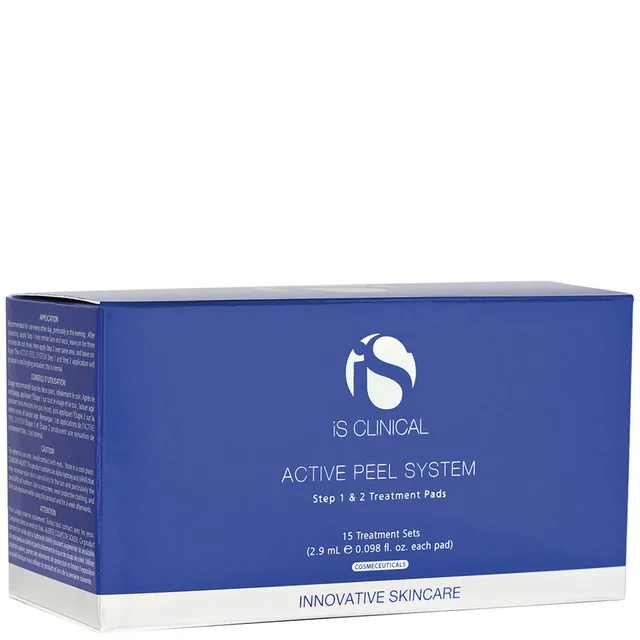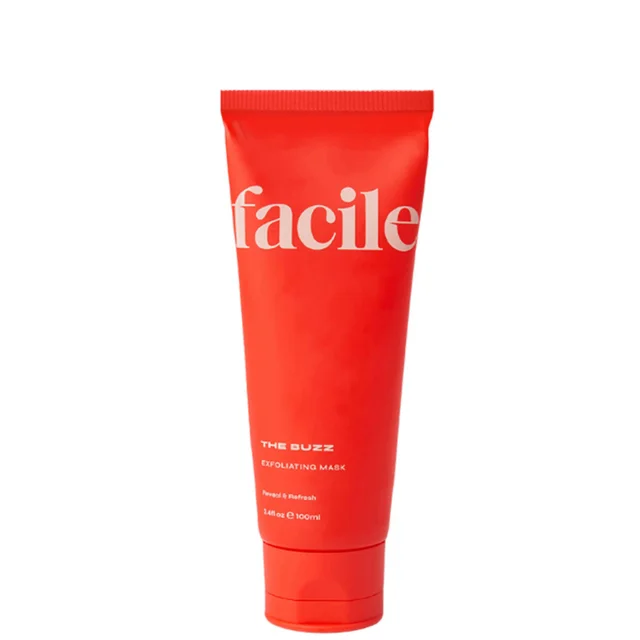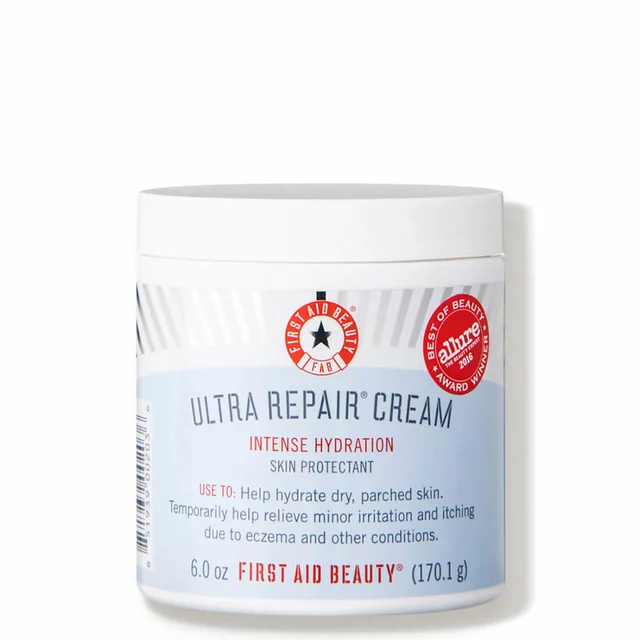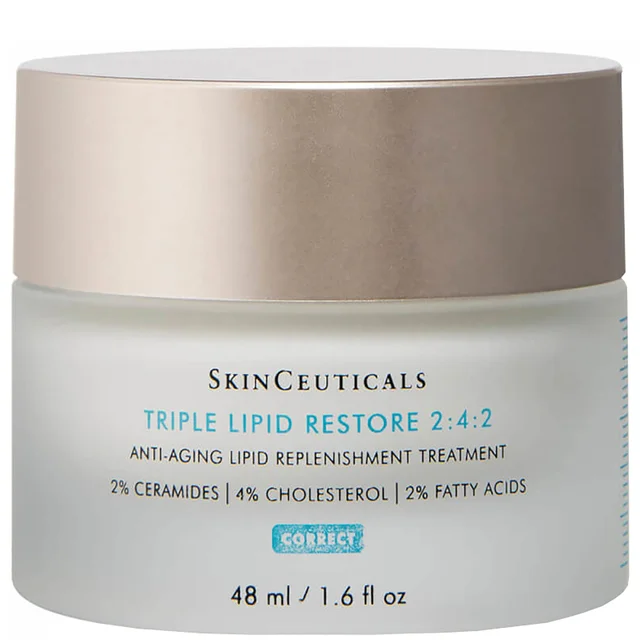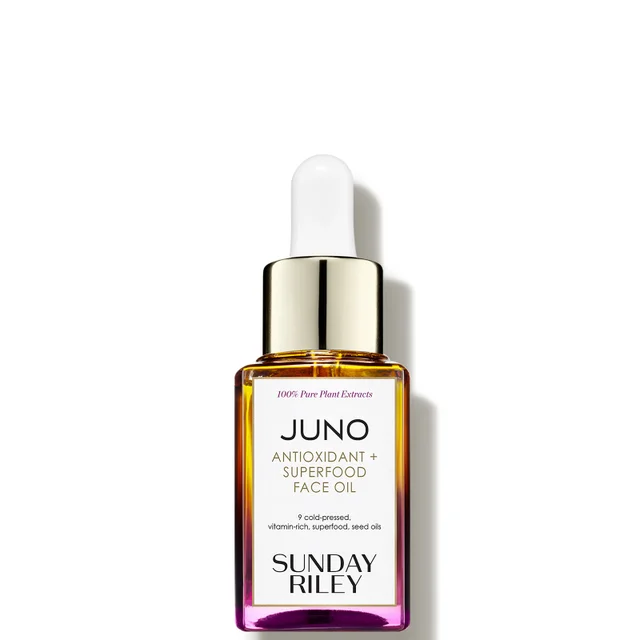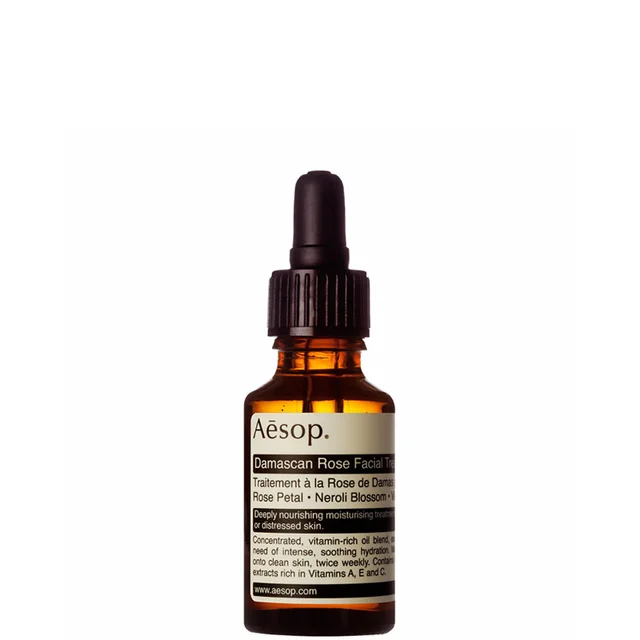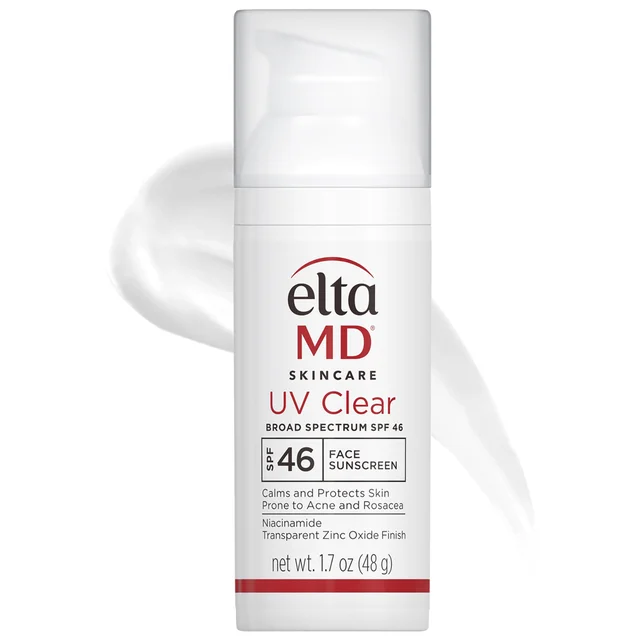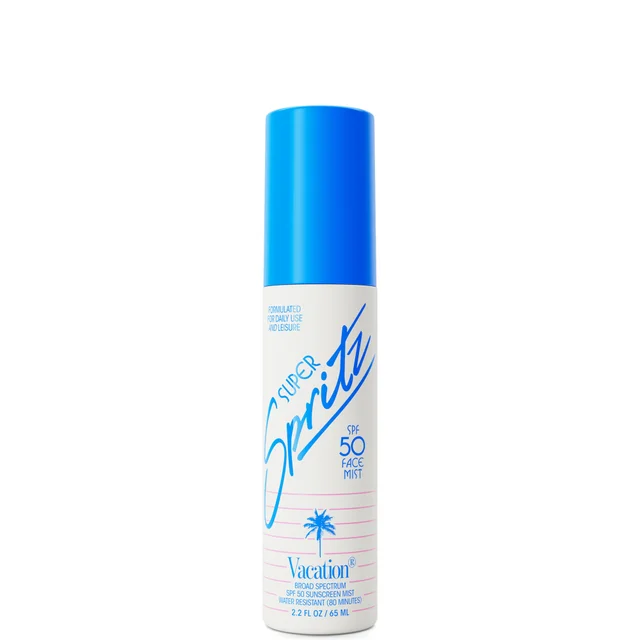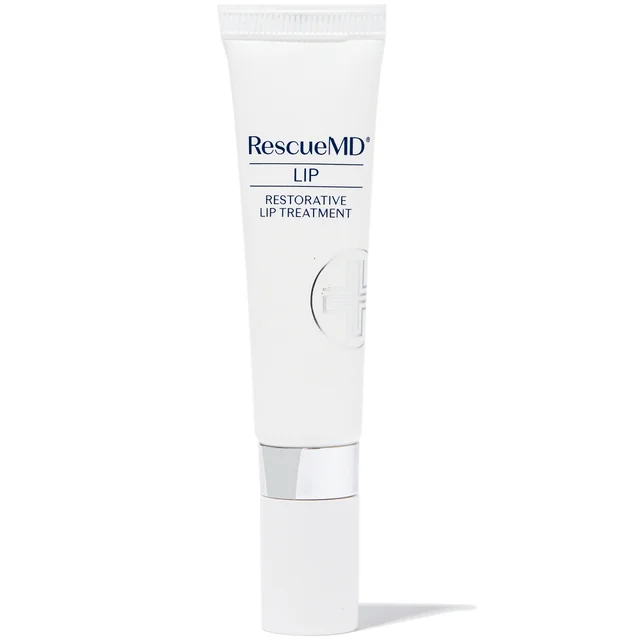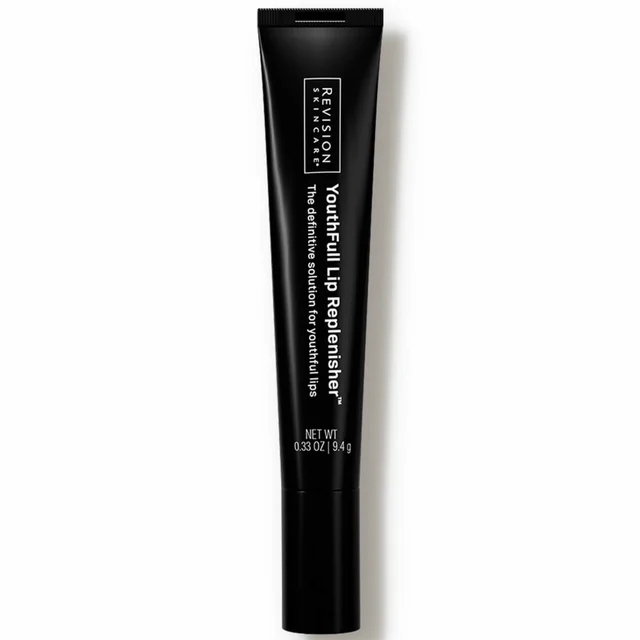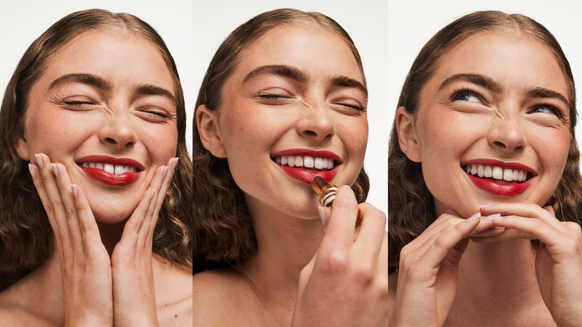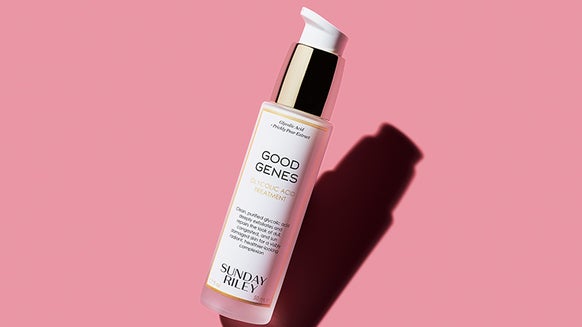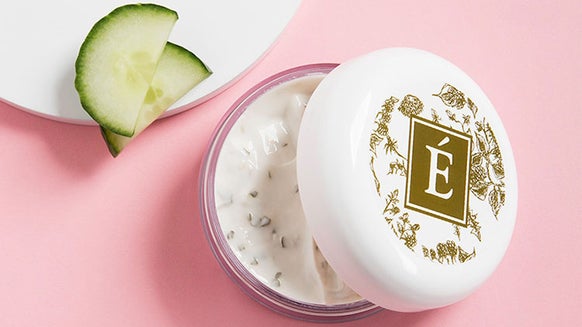A Beginner’s Guide to Different Types of Skincare Products, From a Dermatologist
“Skin care beginners should always start with the basics, which includes cleansing, moisturizing and using SPF,” says Dr. Connie Yang, a board-certified dermatologist, fellow of the American Academy of Dermatology, and member of Dermstore’s Medical Advisory Board. “After mastering this, you can incorporate one active ingredient at a time. I recommend starting with a retinoid as the first active, followed by a vitamin C serum, as these products offer the most benefits for various concerns. Advanced skincare users can add additional steps such as toners, chemical exfoliants, serums, eye creams, and devices.”
Meet the Expert
- Dr. Connie Yang, a board-certified dermatologist, fellow of the American Academy of Dermatology, and member of Dermstore’s Medical Advisory Board.
Types of Skin Care
Cleanser
When it comes to skincare basics, most dermatologists agree that washing your face daily to rid the skin of bacteria, dirt and pollutants is the best approach. While Dr. Yang says that cleansing the skin in the morning is optional, it is a mandatory step at night to remove dirt, oil and makeup at the end of the day. “If you wear makeup, double cleanse with an oil-based cleanser, cleansing balm or micellar water to fully remove all products from the skin, and then follow up with a water-based cleanser.”
Using the right cleanser for your skin type is key to reaping the benefits of a good cleanser—it's also rule number one for skin care for beginners. For example, acne-prone skin types should stick with cleansers containing ingredients like salicylic acid and benzoyl peroxide, while someone with dry skin may find these types of cleansers too drying. On the other hand, Dr. Yang recommends that those with dry or sensitive skin opt for a cream-based cleanser. “If you have oily skin, look for a foaming cleanser.”
Related Article: Different Types of Cleansers: A Dermatologist-Approved Guide
La Roche-Posay Toleriane Hydrating Gentle Cleanser
This milky cream cleanser works hard to cleanse the skin while hydrating it. Unlike some daily face washes that can strip the skin, this one is formulated with the brand's beloved prebiotic thermal spring water, which helps to maintain the skin's natural moisture barrier and pH, leaving the skin feeling soft and moisturized after every cleanse.
Key Ingredients: Ceramide-3, glycerin, niacinamide, La Roche-Posay prebiotic thermal water
Skin Type: Dry, normal, sensitive
Skin Benefits: Removes dirt, makeup and impurities, maintains the natural moisture barrier and pH, restores skin comfort and essential moisture, leaves skin feeling clean, comfortable and hydrated
Beauty Insider Tip: After pumping the cleanser into clean hands, work it into a lather and then massage the formula into the skin with gentle, circular motions.
Allies of Skin Molecular Silk Amino Hydrating Cleanser
If a cleanser that removes makeup, impurities, and sunscreen without stripping the skin is a must in your skincare routine, then consider this hydrating gel cleanser the one to do it. Perfect for all skin types, it quickly morphs from a thick gel into a gentle foam that leaves skin feeling soft, clean and revitalized.
Key Ingredients: Silk amino acids, ethylated L-ascorbic acid, organic safflower oil, organic moringa oil, green and white tea extracts, astaxanthin
Skin Type: All Skin Types
Skin Benefits: Instantly cleanses the skin without over-drying or stripping it of its essential moisture
Beauty Insider Tip: With daily use, skin feels softer, with a visibly refined texture and brighter-looking complexion.
Toner
Using a toner after cleansing can help to remove any lingering makeup, oil, dirt or other residue that may still be on the skin. While some people like to incorporate a toner into their skincare routine, others choose to bypass it, which is okay. Oily and acne-prone skin types often look to toners to help further refine the pores and fight congestion. However, some toners (including older formulations) may have alcohol, so sensitive skin types should always use an alcohol-free toner.
“Some of the ingredients in toner overlap with those in serums and exfoliators, and many exfoliators come in toner form,” Dr. Yang says. “So, which one you choose depends on personal preference. Always apply it with a cotton pad or pat directly onto the skin with your hands after cleansing but before using any serums.”
Obagi Medical Nu-Derm Toner
Unlike some toners, which aren’t suitable for all skin types and can be a little on the drying side, this one lends a hydrating effect to the skin thanks to a blend of sage, borage extract and aloe vera, which leaves the skin feeling and looking calm and healthy. Whether you choose to use this toner daily or just when the skin needs a quick refresh, the alcohol-free formula balances out the skin’s pH levels while lifting away dead skin cells, so it is better prepped to receive and make use of the next products in your routine.
Key Ingredients: Sage, witch hazel, borage extract, aloe vera
Skin Type: All Skin Types
Skin Benefits: Hydrates, exfoliates, calms the skin, balances the skin’s pH levels
Beauty Insider Tip: Don’t rinse the toner off the skin so that the formula absorbs properly and the benefits are optimal.
PCA SKIN Nutrient Toner
With a combination of skin-nourishing ingredients, this post-cleansing facial toner helps revitalize tired, dull-looking skin. It also refines the pores so they appear smaller and clearer while lifting away dead skin cells from the surface, making it a perfect toner for acne—and blemish-prone skin.
Key Ingredients: Pumpkin wine, lactic acid, aminoguanidine
Skin Type: All Skin Types
Skin Benefits: Moisturizes and supports the skin, leaving it soft and supple, gently exfoliates, creates a healthy glow
Beauty Insider Tip: For heavy makeup wearers, swipe the toner on freshly washed skin to fully remove more stubborn and waterproof makeup.
Serum
Unlike other types of skincare products, serums can deeply penetrate the skin, which is why they often make for great hydrating products. When it comes to skincare for beginners, some of the best types of serums to use are those that contain antioxidants for a protective benefit and those with anti-aging ingredients to help with collagen production and overall skin health.
Although Dr. Yang says serums are not mandatory, she adds they are key for targeting concerns such as fine lines, dark spots or acne. To use a serum correctly, “apply it after cleansing from thinnest to thickest consistency. Use antioxidant serums like vitamin C in the morning and ones with retinoids at night,” she shares.
SkinCeuticals C E Ferulic
Vitamin C is a skincare must-have for many reasons. This advanced formula not only safeguards the skin from environmental aggressors but also helps to lighten lines and wrinkles, firm and brighten the skin, and reduce the common signs of aging and photodamage for more radiant, younger-looking skin.
Key Ingredients: Vitamin C, vitamin E, ferulic acid
Skin Type: Normal, dry, combination, sensitive
Skin Benefits: Provides environmental protections, reduces oxidative damage from free radicals,der improves the look of fine lines and wrinkles, firms the skin, evens and brightens the skin tone, suitable post-laser use
Beauty Insider Tip: To maintain the serum’s anti-aging benefits, always store it in a cool, dark area.
Ursa Major Brighten Up Vitamin C Serum
This vitamin C-powered skin serum helps to brighten the skin and boost collagen levels, giving the complexion a natural plumpness. It also features antioxidants and other key ingredients to help brighten the skin, soften lines and wrinkles, decrease pigmentation, and alleviate dryness.
Key Ingredients: Ascorbic acid polypeptide, rose hip, aloe, edelweiss, Aspen bark
Skin Type: All Skin Types
Skin Benefits: Brightens and evens out the skin’s appearance and tone, provides instant hydration, helps combat damage from free radicals, improves skin's firmness and elasticity
Beauty Insider Tip: Use alone as a lightweight moisturizer or layer beneath your favorite lotion or night cream for an extra dose of protection and renewal.
Eye Cream
The skin under the eyes is thinner and more fragile than the skin elsewhere on the face, which is why specially formulated eye creams are a must. Eye creams address common issues such as puffiness, wrinkles, fine lines, under-eye bags, and dark circles. To reap the benefits of an eye cream, use it morning and night and make sure the formulation contains key active ingredients like vitamin C, peptides, retinol, and hydrating ingredients.
Elemis Pro-Collagen Eye Renewal
Refresh and rejuvenate tired-looking eyes with this cream-gel formula that gives the eyes a more youthful look. Perfect for turning back the hands of time while smoothing away fine lines and wrinkles, this moisturizing and conditioning cream creates more supple skin in the eye area, leaving it firm, smooth and illuminated.
Key Ingredients: Padina pavonica, chlorella vulgaris, proteins, peptides, amino acids, green algae, buckwheat
Skin Type: All Skin Types
Skin Benefits: Hydrates, smooths, firms, and tones the skin around the eyes, reduces the appearance of lines, wrinkles and dark circles
Beauty Insider Tip: Always warm up the formula in between your fingers. Then, apply it to the contours of the eyes using a firm, patting motion.
Kate Somerville Retinol Firming Eye Cream
Packed with high-quality retinol to help reduce the look of fine lines and wrinkles around the eye, this unique cream works over time to improve the eye area while increasing the skin's elasticity. Perfect for daytime use, the eye area will appear firmer, brighter, and well-hydrated the more frequently the cream is used.
Key Ingredients: Retinol, bio-retinol, hyaluronic acid, lime pearl, Spanish needles, palm, cotton and linseed oils
Skin Type: All Skin Types
Skin Benefits: Fewer fine lines and crow’s feet and brighter skin
Beauty Insider Tip: Although retinol is an effective ingredient, it must be used cautiously. Start using the cream every few days before working your way up to daily use while monitoring skin sensitivity.
Treatments
Skincare treatment products address specific skin concerns such as acne, dark spots, hyperpigmentation, fine lines, and inflammation. Yet, when it comes to selecting the right type of skincare treatment product to best benefit your skin, the current state of your skin and the issues at hand dictate the best treatment option. For example, if acne is a concern, look for acne spot treatments rather than ones that improve discoloration. Most treatment products contain active ingredients such as retinol, salicylic acid, benzoyl peroxide, niacinamide, antioxidants, vitamin C, and growth factors.
Dr. Dennis Gross Alpha Beta On The Spot Eliminator
When annoying pimples pop up, treat them fast and effectively with this gentle gel treatment. Perfect for preventing new pimples while spot-treating existing ones, the hydrating yet calming formula clears up everything from whiteheads and blackheads to stubborn pimples and recurring acne without leaving the skin red or irritated.
Key Ingredients: Salicylic acid, glycolic acid, azelaic amino acid, green tea, bisabolol, mushroom extract, centella asiatica
Skin Type: All Skin Types
Skin Benefits: Exfoliates, treats pimples, refines the pores, dissolves dead skin cells and oil, hydrates, calms inflammation and redness, reduces oil
Beauty Insider Tip: For skincare beginners who are new to salicylic acid, start by applying the gel once a day or every other day so that the skin acclimates to the ingredient without incurring any dryness.
Exfoliator
Exfoliation is a key part of any skincare routine, especially if smooth, soft, even skin is at the top of your wish list. Simply put, any product or device that removes dead skin cells from the surface acts as an exfoliator—from there, they are classified as either chemical or physical exfoliators. “You can incorporate an exfoliator into your routine once or twice weekly, but those with sensitive skin may want to skip this step,” recommends Dr. Yang.
Physical or manual exfoliators lift away dead skin cells using mechanical force. On the other hand, chemical exfoliators rely upon acids, such as salicylic or glycolic, to break down and then dissolve the bonds that hold dead skin onto the surface of the skin. Once these dead skin cells are whisked away, the skin appears youthful, glowy and radiant, and the pores also tend to look smaller and more refined.
When it comes to choosing the right type of exfoliator to add to your skincare routine, knowing your skin type is critical. Oily and acne-prone skin tends to benefit most from exfoliators with ingredients like salicylic acid, which helps treat current breakouts and prevent new ones from forming. Your skin type will also dictate how often your skin can handle exfoliation. The more sensitive it is, the less it can tolerate exfoliation (if at all) while more mature and normal skin types can usually handle more frequent exfoliation and sometimes with stronger products.
Paula's Choice SKIN PERFECTING 2 BHA Liquid Exfoliant
Leave-on exfoliating toners, like this salicylic acid-packed one, do an excellent job of unclogging the pores and controlling oil production for smoother, more even-looking skin. Just swipe on the exfoliator daily and let it work its magic to reduce the appearance of blemishes while controlling oil production for makeup-ready skin.
Key Ingredients: Salicylic acid, green tea extract, methylpropanediol
Skin Type: Combination, Oily, Normal, Dry
Skin Benefits: Visibly reduces pores, controls oil, reduces blackheads and whiteheads, improves the skin barrier
Beauty Insider Tip: If you are allergic to aspirin or have a salicylate allergy, check with your physician before using products that contain salicylic acid.
Dermalogica Daily Microfoliant
Gentle enough for daily use, this unique exfoliating cleanser whisks away skin-dulling debris and dead skin cells for a smoother, brighter complexion. Unlike other exfoliators, which mainly rely on acids to loosen dead skin cells, this powder version, which activates when mixed with water, also helps calm inflammation.
Key Ingredients: Salicylic acid, green tea extract, methylpropanediol
Skin Type: All Skin Types
Skin Benefits: Exfoliates, smooths, brightens
Beauty Insider Tip: Make sure to add enough water to the powder in the palms of your hand to turn it into a creamy paste.
Chemical Peel
The benefit of regular chemical peels is that they safely and effectively exfoliate away the outermost layers of the skin. Chemical peels rely on exfoliating acids and can penetrate rather deeply to remove dead skin cells that affect the skin's overall appearance. Most chemical peels contain glycolic, salicylic or lactic acids, but other exfoliating acids can also be used. While chemical peels done by a professional are usually more intense due to their higher concentration of acids, at-home peels are an effective way to improve acne scars, wrinkles, sun damage, breakouts, and hyperpigmentation.
Dr. Dennis Gross Alpha Beta Universal Daily Peel
Perfect for skincare beginners as well as advanced chemical peel users, this simple-to-use two-step peeling system provides immediate and long-term results thanks to a blend of glycolic and lactic acids, antioxidants, and a bevy of skin-friendly vitamins. Designed for daily use, the travel-friendly pads gently yet effectively exfoliate the skin with five different acids to improve the skin's radiance, pore size, tone, and texture while leaving it hydrated, too.
Key Ingredients: Alpha beta acids, chamomile, retinol, green tea extract
Skin Type: Combination, Oily, Normal
Skin Benefits: Accelerates cell turnover to remove surface dullness and promote healthy, radiant skin, exfoliates to help smooth fine lines and wrinkles, promotes more even skin tone and fresh, smooth, younger-looking skin, helps calm skin and provides antioxidant protection
Beauty Insider Tip: If you’re new to these peels, try using them every other day until the skin becomes acclimated.
iS Clinical Active Peel Treatment System
This advanced at-home, two-step chemical peeling system works on contact to resurface and polish the skin while hydrating, rejuvenating and providing antioxidant protection. Use it every other day to improve the skin’s texture and tone, leaving it looking more youthful.
Key Ingredients: Tripeptide-1, extremozymes, fruit acids, sugarcane
Skin Type: All Skin Types
Skin Benefits: Improves the skin’s tone and texture, exfoliates, rejuvenates the skin, soothes and hydrates, reduces the appearance of fine lines, wrinkles and pore size, improves overall health and integrity of the skin, helps diminish the signs of premature aging and wrinkles
Beauty Insider Tip: Both steps in the peel create a slight cool tingling effect, which is normal.
Face Mask
Of all the different types of skincare products, none are as relaxing and give a spa-like feeling quite like a face mask. From peel-offs to mud ones and even jelly and clay masks, there's a face mask available to target your most pressing skin concerns. Face masks can do just about anything to improve the health and appearance of the skin, ranging from hydrating to drying and even brightening, making them useful for all skin types. "It’s best to use a face mask once or twice a week for targeted concerns,” Dr. Yang says. “Apply one after cleansing the skin but before the rest of your skin care routine.”
Eminence Organic Skin Care Strawberry Rhubarb Masque
More than your average hydrating face mask, this one infuses the skin with replenishing strawberry and rhubarb to reinstate lost moisture while exfoliating it for a smoothing effect. Use the gluten-free mask a few times weekly to improve the skin's health and give it a nourished glow.
Key Ingredients: Hyaluronic acid, shea butter, grape seed oil, strawberry, and rhubarb
Skin Type: Dry, normal
Skin Benefits: Delivers intense hydration deep, supports the skin moisture barrier to hydrate and lock in moisture, reduces signs of aging, leaves skin looking firm and revitalized
Beauty Insider Tip: Apply the mask when the skin needs a major boost of hydration.
facile The Buzz Exfoliating Mask
Dull skin doesn't stand a chance against this acid-based exfoliating mask, which removes dead skin and buildup while also preventing the formation of new pimples. Delivering a dose of hydration to the skin and decreasing inflammation, the antioxidant-rich mask refreshes the skin and reveals a healthy, plump, glowy version.
Key Ingredients: Glycolic, lactic, citric, salicylic, and mandelic acids
Skin Type: All Skin Types
Skin Benefits: Instantly reveals healthier skin, promotes cell turnover, enhances skin radiance, reduces inflammation
Beauty Insider Tip: For best results, use the mask twice per week on nights when you are not using any other types of exfoliating products, including retinol and retinoids.
Moisturizer
To help keep the skin looking youthful, plump and well-hydrated, use a moisturizer made for your skin type and apply it to the face, neck, chest, arms, and legs—and anywhere else on the body that requires hydration. Several different types of moisturizers are available with options that span all the different skin types, so there's something out there for everyone. But if you want to keep your skin optimally hydrated for a long time, Dr. Yang recommends applying moisturizer after toner (if you use one) and serums and before sunscreen. “Those with acne-prone skin should look for noncomedogenic lighter gel-based moisturizers while mature skin may require a heavier cream-based moisturizer.”
First Aid Beauty Ultra Repair Cream
Quick-to-absorb, ultra-rich creams are essential for providing instant and long-term hydration to the skin. This award-winning formula works on contact to relieve dry and distressed skin and eczema while strengthening the skin barrier for skin that feels comfortable and calm and boasts far less redness in just one use.
Key Ingredients: Colloidal oatmeal, shea butter, allantoin
Skin Type: Dry, sensitive
Skin Benefits: Soothes, hydrates, treats eczema, speeds up skin renewal to strengthen the skin barrier
Beauty Insider Tip: Use this hydrating cream on areas affected by eczema and psoriasis to help strengthen the skin’s barrier (its first line of defense).
SkinCeuticals Triple Lipid Restore 242
Mature skin requires a hefty dose of moisture to keep it looking supple and youthful, and that's just what this hydrating treatment does. The fast-absorbing formula is packed with essential lipids and nutrients to rejuvenate the skin and antioxidants and vitamins to protect against free-radical damage while evening out the texture. The result is increased elasticity, moisture, and radiance for more supple, healthy skin.
Key Ingredients: Cholesterol, ceramides, fatty acids, vitamin E, essential oils
Skin Type: Mature, normal, dry
Skin Benefits: Restores essential skin lipids, improves the look of skin fullness, texture, and pore appearance, enhances the appearance of skin evenness and overall radiance
Beauty Insider Tip: Use the cream when it is most effective within the first 12 months of opening.
Face Oil
Nutrient-filled face oils work to rebuild the skin so it becomes more resilient, no matter your skin type. For the most part, face oils are extremely hydrating, which makes them a favorite amongst those with dry skin. However, they should be used with a good moisturizer to lock in the hydration. When finding a good face oil, look for natural or botanical and plant-based oils and vitamins, like E, which are compatible with most skin types.
Sunday Riley JUNO Antioxidant + Superfood Face Oil
For skin that boasts a youthful glow and a natural radiance, this face oil is the one to reach for. Packed with a blend of antioxidants and superfood seed oils, the fragrance- and preservative-free oil leaves skin looking brighter, feeling velvety soft and well protected from environmental aggressors that can damage and age the skin.
Key Ingredients: Blueberry seed oil, cranberry seed oil, red raspberry seed oil, broccoli seed oil, turmeric, licorice root, hexylresorcinol, tamarind extract
Skin Type: Dry, mature, normal, sensitive
Skin Benefits: Provides defense against premature aging, helps alleviate dry skin, boosts skin radiance, supports elasticity, restores and rehydrates the skin’s natural moisture barrier, soothes and calms, reduces redness
Beauty Insider Tip: Try using the oil to hydrate the nails and cuticles and add moisture to dry hair.
Aesop Damascan Rose Facial Treatment
Like a tall drink of water for dry and dehydrated skin, this warm, earthy-scented oil restores lost moisture while providing a comforting effect. One application of the preservative-free, rose-powered oil leaves skin hydrated and less stressed.
Key Ingredients: Rose petal, neroli blossom, violet leaf
Skin Type: Dry
Skin Benefits: Moisturizing, comforts dry skin
Beauty Insider Tip: Three times per week, add the oil to your favorite moisturizer for a truly moisturizing skin-replenishing experience.
Sunscreen
Sunscreens are essential for protecting the skin from UV damage, regardless of the season or where you live. Luckily, sunscreen has advanced beyond the bottle to include sun protection in moisturizers, makeup and beyond. Still, according to Dr. Yang, sunscreen should always be the last step of your morning routine.
Always wear sunscreen formulas that are appropriate for your skin type so that they don’t clog your pores, instigate breakouts or cause irritations or redness (especially if you are a skincare beginner!) “Those with hyperpigmentation should opt for a tinted SPF, for added protection against visible light,” Dr. Yang adds.
EltaMD UV Clear Broad-Spectrum SPF 46
This lightweight, oil-free sunscreen is perfect for everyday wear and beachside vacations. Thanks to its noncomedogenic, fragrance-free formula, this clear sunscreen is safe enough for even sensitive and acne-prone skin. It even contains moisturizing sodium hyaluronate and lactic acid to refine the pores.
Key Ingredients: Octinoxate, zinc oxide, sodium hyaluronate, vitamin E
Skin Type: Sensitive, acne-prone, combination, oily
Skin Benefits: Helps calm and protect skin prone to discoloration and breakouts, visibly improves skin tone and discoloration, keep skin smooth and even
Beauty Insider Tip: Since the sunscreen is clear, you can easily layer it under makeup without worrying about an unwanted white cast.
Vacation Super Spritz SPF 50
Sunscreen mists are an easy way to ensure that the skin is fully protected and covered with SPF. This ultra-luxe one is perfect for taking on the go and using daily. This one also refreshes the skin and can be layered under and over makeup.
Key Ingredients: Bisabol, aloe, cucumber, caffeine, banana, coconut, shea and maracuja oils, green tea, vitamin E algae, and ferulic acid
Skin Type: All Skin Types
Skin Benefits: Protects against UVA and UVB rays, quick dry down with a satin finish
Beauty Insider Tip: Suitable to wear on all skin tones, this sunscreen features the brand’s award-winning signature scent, making it more fun and enjoyable to apply SPF
Lip Care
Taking care of the lips is key to keeping them hydrated, full, and looking their best. Just like the skin around the eyes, the skin on and around the lips needs to be treated with TLC, which is why dermatologists recommend lotions, creams, and serums made just for this part of the face. While each type of lip care product is unique, they also each offer a benefit ranging from exfoliation to hydration and even a plumping effect.
RescueMD Lip Treatment
This targeted lip treatment packs plumping power with moisturization. It attracts and locks in hydration for smoother, fuller-looking lips without irritation. It also helps stimulate collagen production for a volumizing effect, making lip wrinkles and lines less visible to the naked eye.
Key Ingredients: Ceramides, peptides, lapachol, antioxidants
Skin Type: All Skin Types
Skin Benefits: Supports the lip's natural ability to repair and regenerate, smooths lip lines, targets damage
Beauty Insider Tip: Layer on the lip treatment following lip injections and other aesthetic lip treatments to help support healthy healing.
Revision Skincare® YouthFull Lip Replenisher
Perfect for targeting aging lips, this youth-boosting formula restores hydration and volume for immediate fullness and a plumper-looking pout. Thanks to powerful antioxidants, it also helps to defend the delicate lip area against damaging environmental stressors.
Key Ingredients: Peptides, hyaluronic acid, green tea, vitamin E, THD asborbate, shea butter, sunflower seed oil, jojoba esters, portulaca Pilosa extract
Skin Type: All Skin Types
Skin Benefits: Enhances lip definition, boosts moisture, plumps, smooths lines and wrinkles, provides long-lasting hydration, soothes dry, dehydrated lips, restores the lip’s natural color
Beauty Insider Tip: Apply the ultra-thick formula, which is waterless for a more luxurious feel, using a massaging motion to allow the applicator tip to cool the lips, which helps add color to the lips.
The Bottom Line
Skincare basics don't need to be confusing, especially when navigating the world of skincare for beginners. While it's important to work the essentials into your routine, like cleansing, moisturizing and sunscreen, everything else is like a cherry on the top when it comes to taking care of your skin. According to Dr. Yang, the types of skincare products to use in the morning should focus on protection and prevention, including sunscreen and antioxidants like vitamin C to protect against environmental aggressors, while an evening skincare routine should focus on cleansing, treatment and repair. “This includes a good cleanser, serums and toners with active ingredients, and a good moisturizer for hydration. Applying these products at night allows them to work overnight while you sleep.”
Finding the best types of skincare products for your skin type that address your needs is always rule number one when it comes to the skin care basics and dos and don'ts of caring for your skin.

Elise Minton Tabin is an award-winning beauty journalist, editor, and beauty expert with more than 16 years of experience. She previously held the title of Executive Beauty Editor at NewBeauty magazine, where she reported on beauty, plastic surgery, anti-aging, health and wellness. She was also instrumental in the launch of the beauty supplement brand Hush & Hush. A self-professed beauty junkie and retinol and sunscreen pusher, Elise knows what’s new, what works and who’s the best to go for every procedure under the sun. Follow Elise on Facebook, Instagram, and on her beauty blog, elisetabin.com
Related Posts
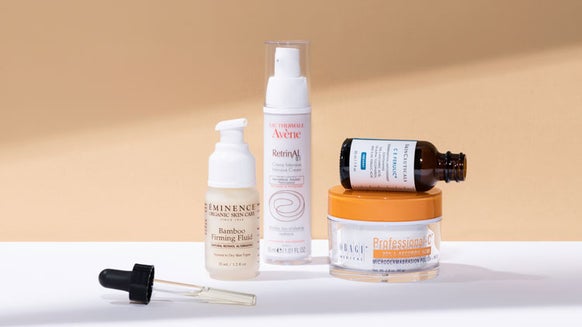
What You Need to Know Before Building Your Professional Skin Care Routine

5 Dermatologist Tips That Will Help You Achieve Your Skin Care Goals in 2021

If You Care About Your Health, You Should Care About Your Skin—Here’s Why
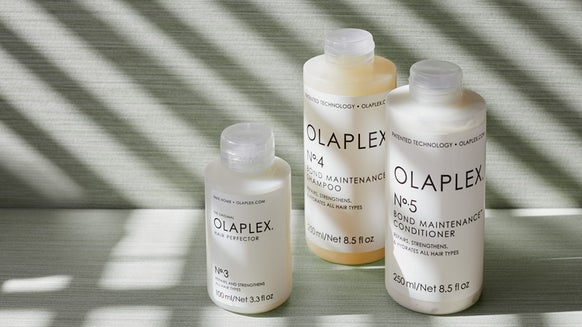
All Your Questions About Olaplex’s Damage-Repairing Hair Care, Answered
